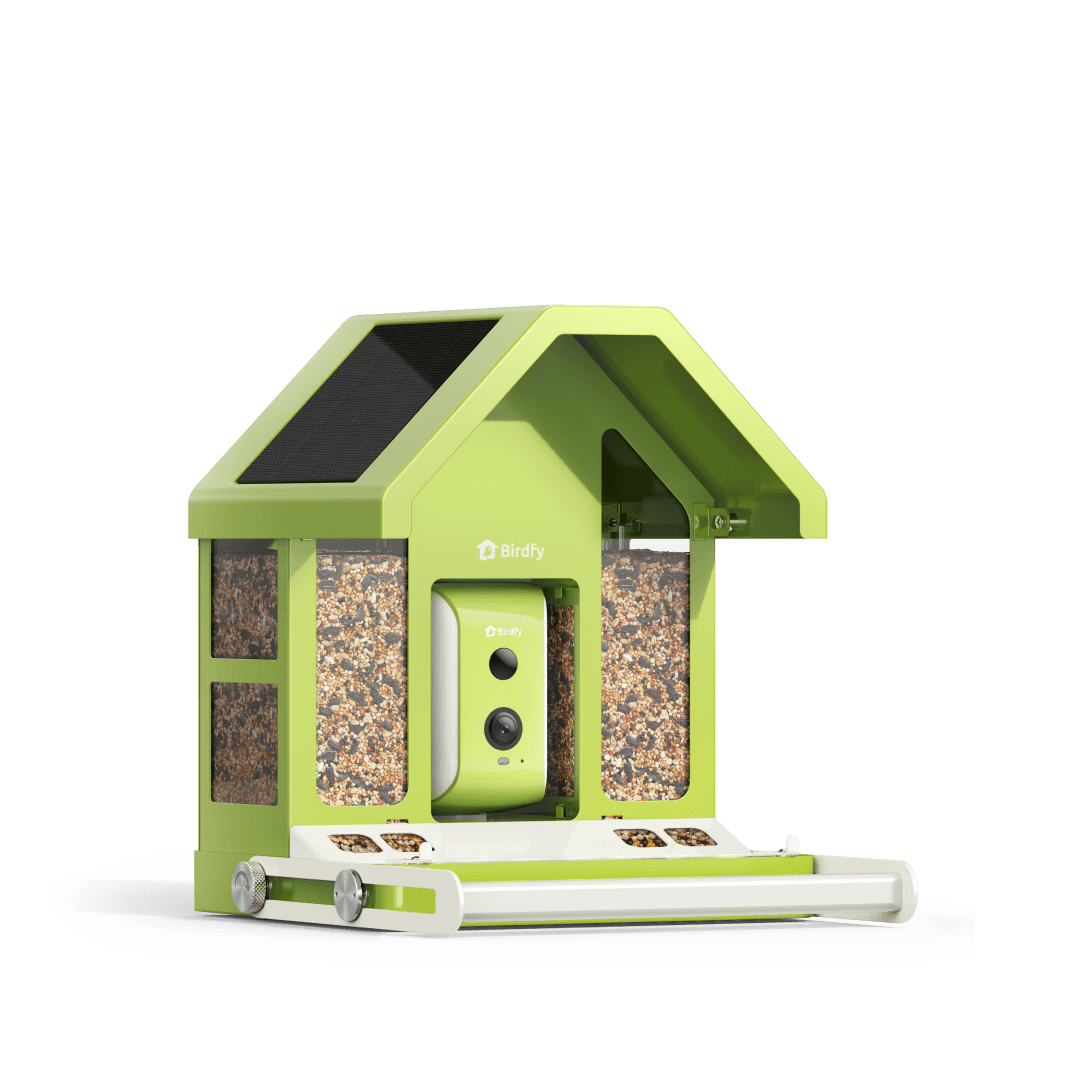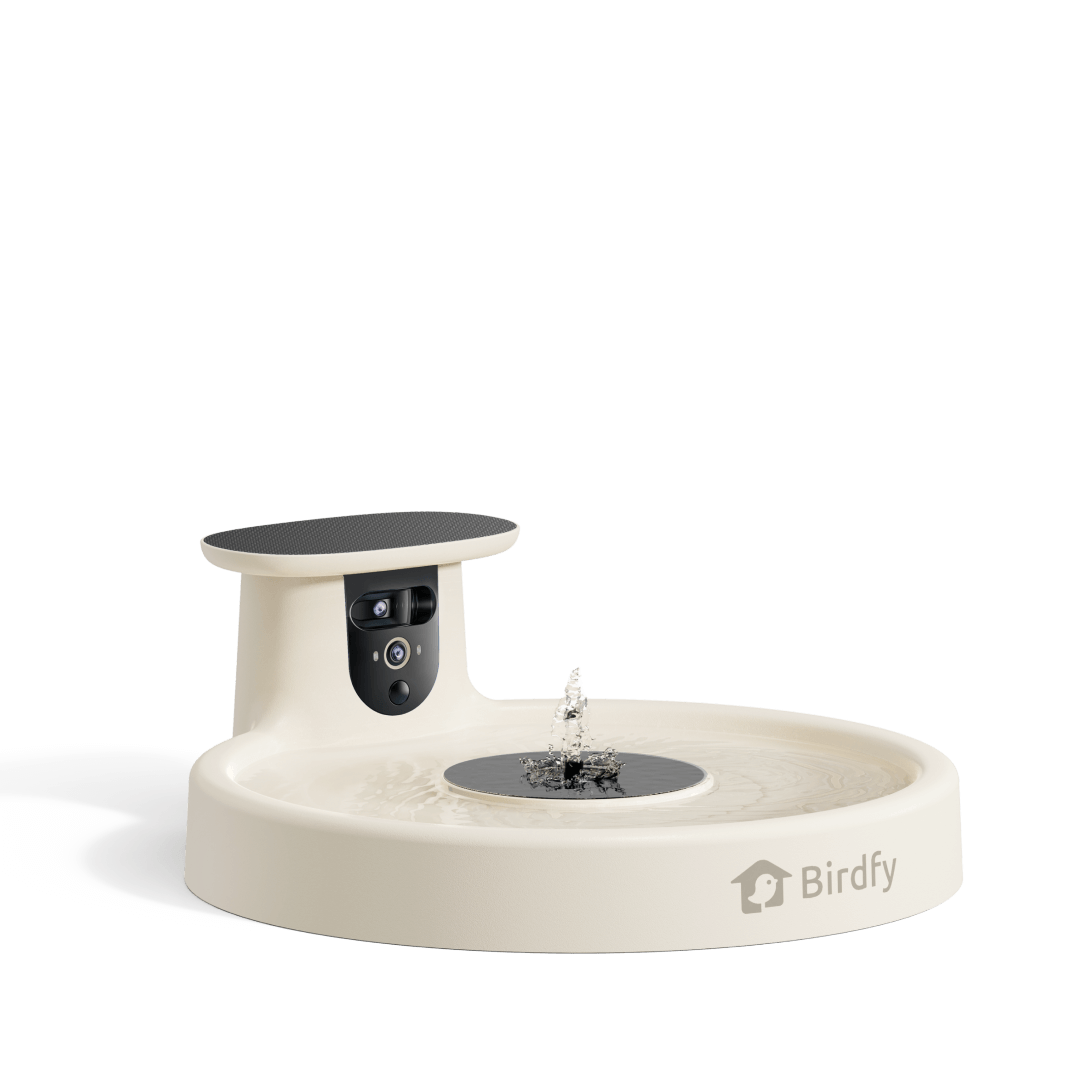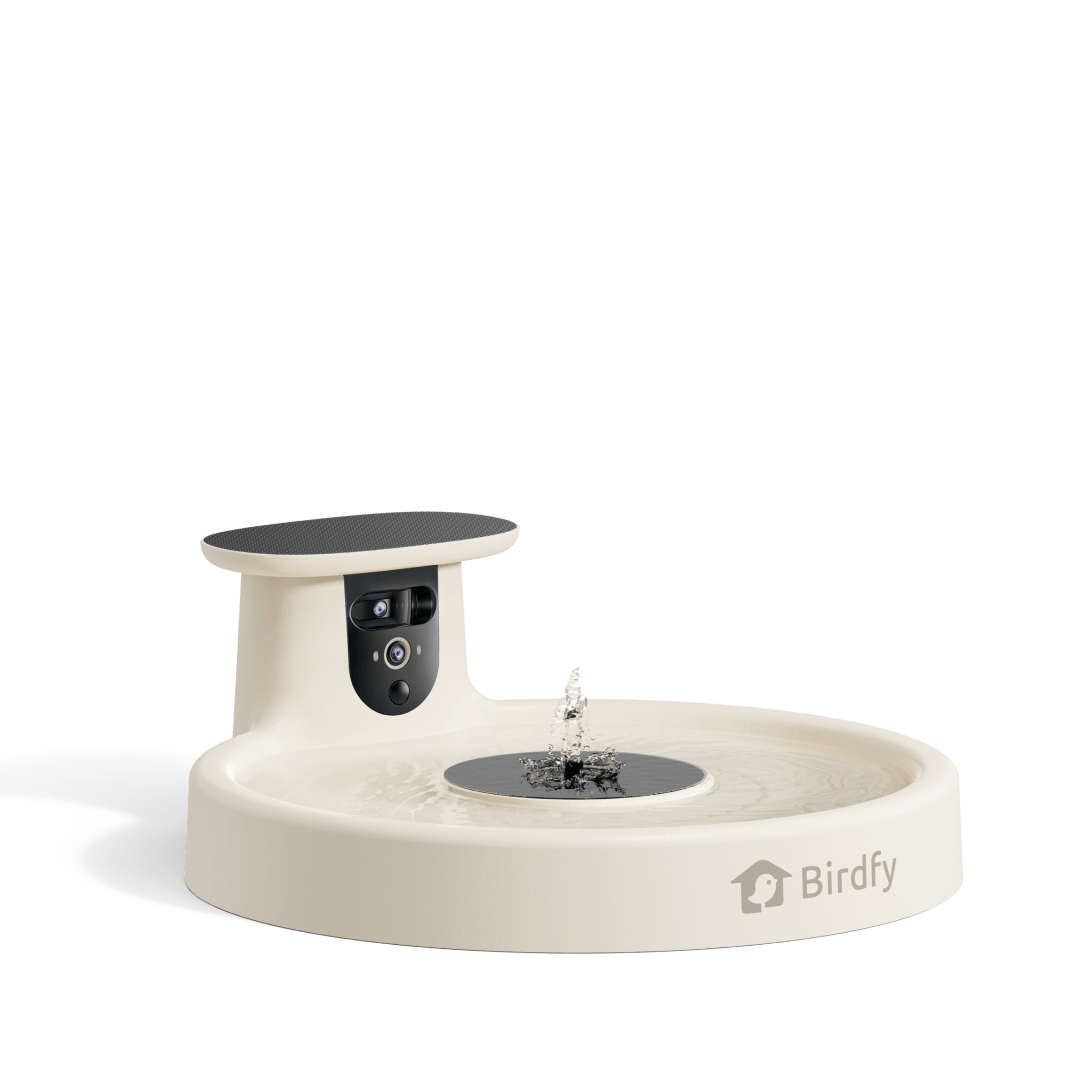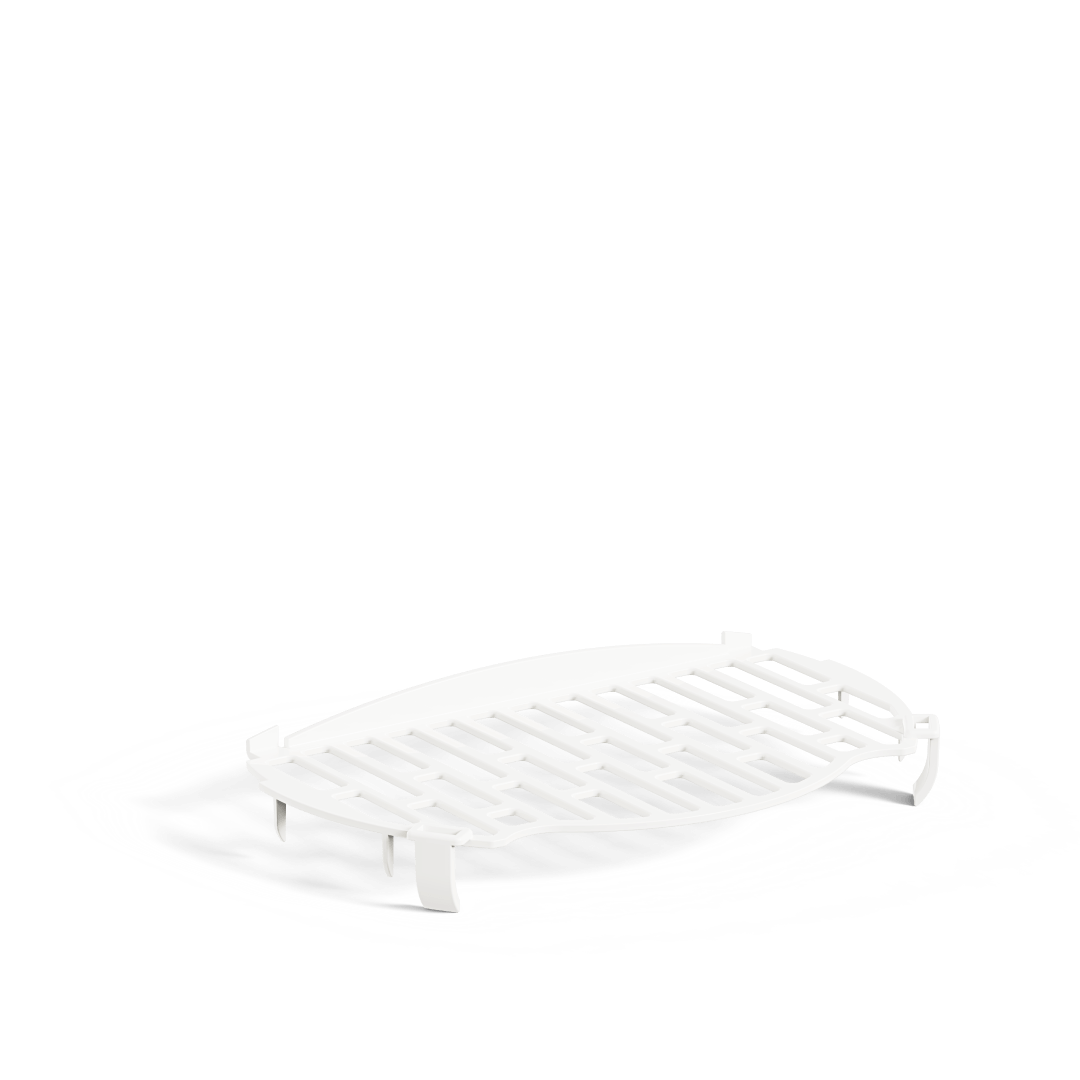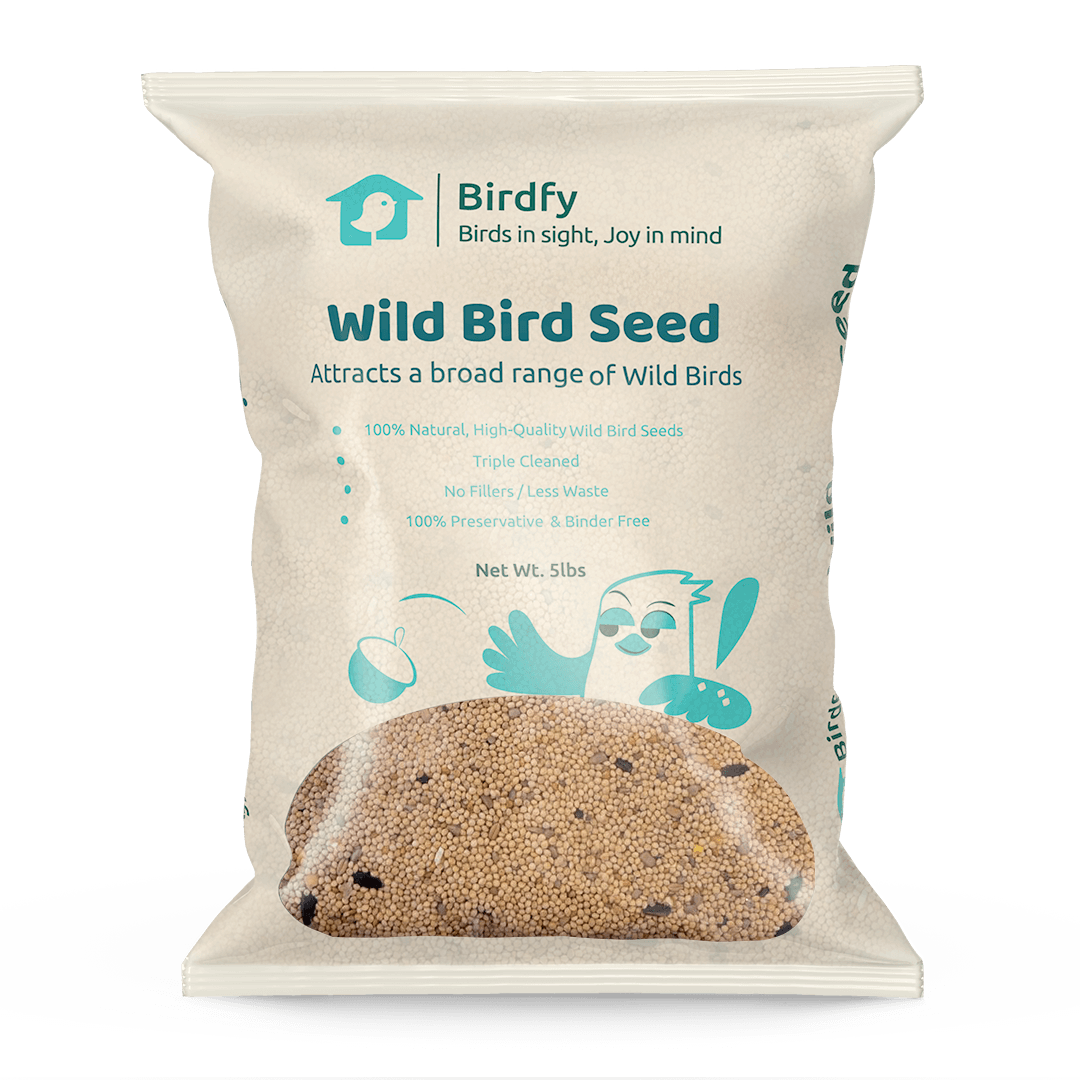Leucistic Bird vs Albino Bird: How to Tell The Difference
Birds exhibit a fascinating array of colors and patterns, which play crucial roles in their survival, mating, and camouflage. However, some birds are born with unusual colorations due to genetic mutations, specifically albinism and leucism. While both conditions can lead to lighter appearances, they are distinct in their genetic causes and physiological effects. This article explores what albinism and leucism are, how to differentiate between them, their causes, and their impacts on birds.

Albino Birds
What is Albino?
Albinism is a genetic condition characterized by the complete absence of melanin, the pigment responsible for coloring skin, feathers, and eyes. Albino birds typically present with pure white feathers, pink or red eyes, and pale skin. The lack of melanin not only affects their appearance but also has significant implications for their health and behavior.

Why Do Birds Develop Albinism?
Albinism is caused by mutations in the genes responsible for melanin production. These mutations can occur in various genes, leading to a failure in the production of the enzyme tyrosinase, which is crucial for melanin synthesis. Albinism can be inherited as an autosomal recessive trait, meaning that both parents must carry the gene for it to manifest in their offspring.
Effects of Albinism on Birds
- 1. Vision Problems: Albino birds often suffer from vision issues due to the lack of melanin in their eyes. The absence of pigment can lead to poor eyesight, making it difficult for them to find food and avoid predators.
- 2. Sun Sensitivity: Without the protective melanin, albino birds are more susceptible to sunburn and skin damage. Their increased vulnerability to UV radiation can limit their time spent outdoors, affecting their overall health and survival.
- 3. Behavioral Challenges: The distinct appearance of albino birds may lead to difficulties in social interactions. They can be more easily spotted by predators, reducing their chances of survival in the wild.
- 4. Reproductive Challenges: The health issues associated with albinism can lead to lower reproductive success, impacting population dynamics in the wild.
Leucistic Birds
What is Leucistic?
Leucism is another genetic condition that results in a partial loss of pigmentation, leading to pale-colored feathers while maintaining normal eye color, which usually appears dark. Leucistic birds may exhibit white or light-colored feathers, but their eyes are typically not affected and retain normal pigmentation.

Why Do Birds Develop Leucism?
Leucism is caused by a different genetic mutation than albinism. It can result from mutations affecting pigment cells during feather development. Unlike albinism, leucism does not completely inhibit melanin production but instead results in a reduced amount of pigment in feathers. This condition can also be inherited, either as a recessive trait or through various genetic pathways.
Effects of Leucism on Birds
- 1. Vision: Unlike albino birds, leucistic birds usually have normal vision because their eyes are not devoid of pigment. This advantage can enhance their ability to forage for food and navigate their environment.
- 2. Sun Exposure: While leucistic birds are still lighter in color and may be somewhat more vulnerable to sun exposure than fully pigmented birds, they are generally less affected than their albino counterparts.
- 3. Social Interactions: Leucistic birds may have a better chance of blending into certain environments compared to albino birds, potentially offering them better protection from predators.
- 4. Health and Survival: Overall, leucistic birds tend to have fewer health issues related to pigmentation compared to albino birds, which can enhance their survival rates in the wild.
Distinguishing Leucistic from Albino Birds
While both leucistic and albino birds are lighter than their fully pigmented counterparts, several key differences can help distinguish between the two conditions:
|
Albino Birds |
Leucistic Birds |
|
|---|---|---|
|
Feather Color |
Exhibit pure white feathers with no pigmentation |
Can have white or pale-colored feathers, but may still show some patterns or slight coloration, especially on the wings or tail |
|
Eye Color |
Typically have red or pink eyes due to the absence of melanin |
Usually maintain normal eye color, which can range from brown to black |
|
Skin Color |
Have very pale or pink skin |
Often have normal skin pigmentation that corresponds to their eye color |
|
Behavior and Health |
More prone to health issues, particularly related to vision and UV sensitivity |
Generally healthier and better adapted to their environments |
Visual Examples: Leucistic vs. Albino Birds
To enhancethe understanding of the differences between leucistic and albino birds, visual examples can be invaluable. Below are descriptions of typical appearances for both conditions:
Visual Examples: Leucistic vs. Albino Birds
1. Albino Bird
Description: An albino bird will have completely white feathers, with no pattern, and strikingly pink or red eyes. For example, an albino American Robin would appear entirely white with pale skin and bright red eyes, making it stand out starkly against green foliage.
Image Example: Imagine a white dove with bright pink eyes standing out against a blue sky.

2. Leucistic Bird
Description: A leucistic bird will have feathers that are mostly white or very pale but may still show slight coloration or patterns. For instance, a leucistic American Robin may have light brown or gray patches on its wings and back, coupled with dark eyes, which differentiate it from its fully pigmented counterparts.
Image Example: Picture a pale blue jay that shows some blue in the wing feathers but is predominantly white with dark eyes.

Conclusion
Both albinism and leucism are fascinating genetic conditions that result in unique adaptations in birds. Understanding these differences not only enhances our appreciation of avian diversity but also highlights the complexities of genetics in wildlife.
While albino birds often face significant challenges, including vision problems and increased predation risks, leucistic birds enjoy a relatively better quality of life. The study of these conditions provides insight into the broader implications of genetics on animal behavior, ecology, and conservation. As natural environments continue to change, understanding how these mutations affect survival will be crucial for wildlife conservation efforts.
This comprehensive exploration of albinism and leucism in birds emphasizes not only the genetic intricacies behind these conditions but also their impact on the birds' lives, ultimately enhancing our knowledge and appreciation of avian diversity.




